STEM Hacker Education Classroom
STEM education is the abbreviation of Science, Technology, Engineering and Mathematics education, Adjacentech combined with Microsoft platform to launch the interdisciplinary field of STEM education courses, configuration courses required for a full set of paper tutorials, video courseware tutorials, a full set of toolkits (including tools and course-related materials), teachers familiar with the course content can be directly opened after the STEM Hacker Education Classroom.

Adjacentech STEM Hacker Education Classroom Package
Through relatively simple materials and based on scientific principles, Adjacentech STEM Hacker Education Classroom uses students' hands to build experimental devices by applying engineering principles, and calculates and processes the data generated by the devices through information technology to obtain experimental results. The class enhances students' ability to apply different disciplines in an integrated manner and improves their overall competitiveness in the future.
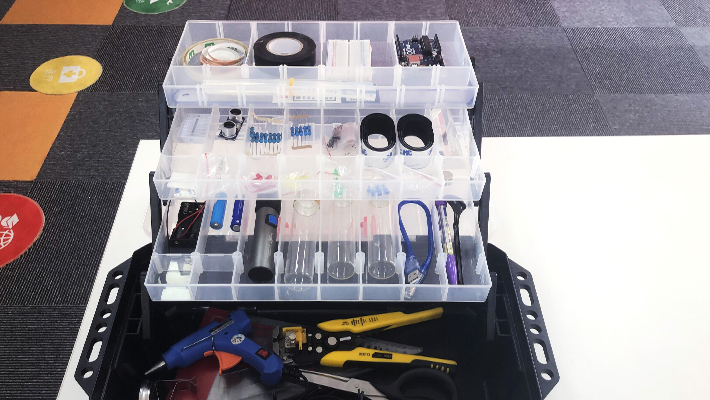
Adjacentech STEM Hacker Education Classroom Package

Customized full kit

Paper Tutorials

Video tutorials

Professional teacher training
STEM Hacker Education Courses
Dedicated to developing next-generation hardware, software, and services for K-12 education. Our goal is to support teachers in developing inquiry and project-based activities that embed computational and design thinking into existing secondary school curricula. We want to make STEM learning easier for students, bring "hands-on" and 21st century technology into the classroom, put the basics of science at their fingertips, and open up the emerging world of the Internet of Things to the Classroom.
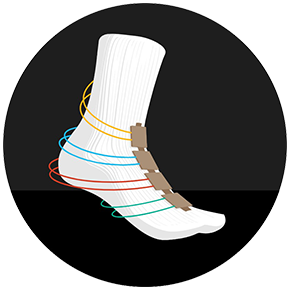
Designing Astro Socks to protect
astronauts’feet in microgravity
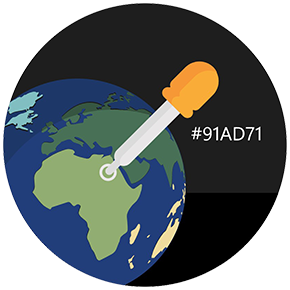
Analyzing the astronauts’ photos of Earth to predict climate change

Measurement of electromagnetic radiation
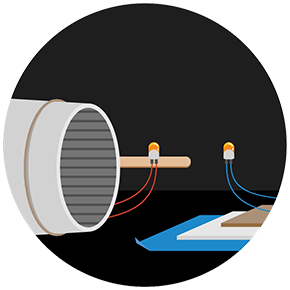
Using materials science engineering to determine heat resistance
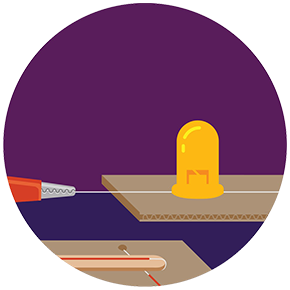
Making party lights to understand electrical circuits and switches

Building models to understand and mitigate brain injury
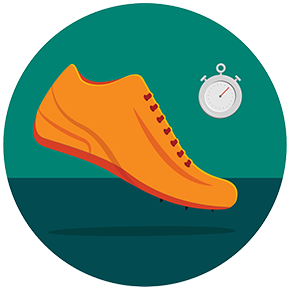
How fast do humans run?
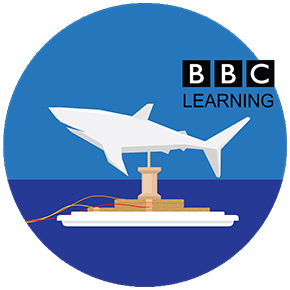
How do ocean currents form?
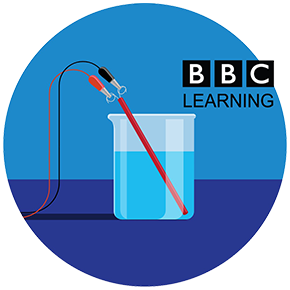
How deep is the ocean?
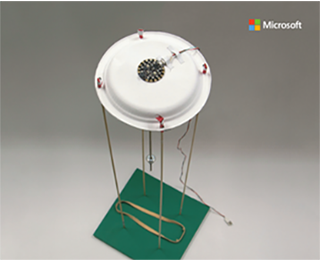
Making seismographs, detecting earthquakes by seismographs, and recording parameters related to earthquakes
Using Computational Thinking to Understand Earthquakes

Making mass dampers and understanding damping principles by adjusting mass dampers.
Tuned Mass Dampers
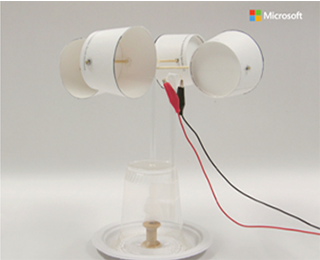
Prepare an anemometer and calculate the wind speed from the data recorded by the anemometer.
Analysis of wind speed using anemometers

Build machines that mimic humans, make robots from materials at hand, and understand how they work
Build machines that mimic humans
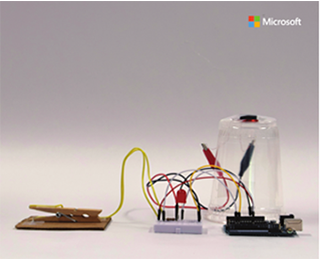
Making water quality meters and observing measurement data through sensors
Water quality measurements and understanding their impact on people
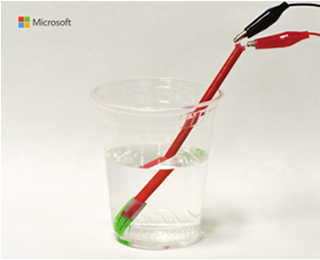
Make a speed meter to record and calculate the speed of the car through the sensors.
Velocity Measurement, Understanding Force and Motion
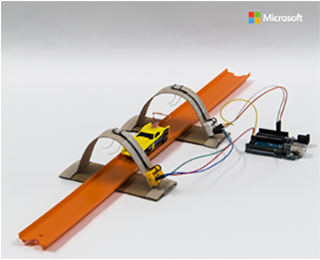
Making telegraphs, using telegraphs to make morse code conversion sounds
Use of electricity for communications
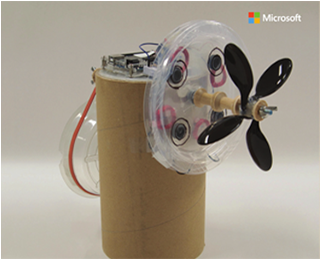
Production of a wind turbine and observation of the data by connecting to a microcontroller
Increased power by design
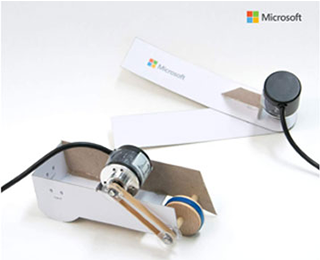
Using the Pythagorean Theorem to Explore and Measure Terrain in Two-Dimensional Three-Dimensional Space
Creation of measuring tools, observation of data by connecting microcontrollers







